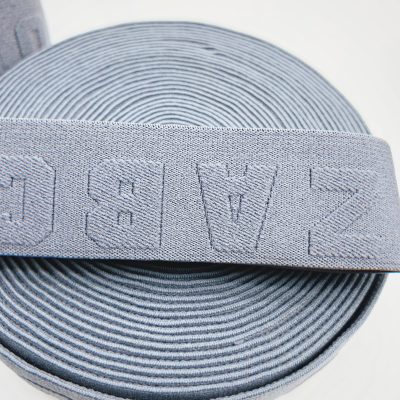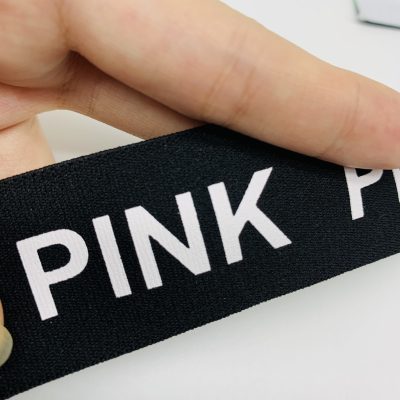How to judge the material of nylon webbing
Nylon is also called nylon. Nylon webbing is mainly made of nylon lustrous yarn, nylon special-shaped lustrous yarn, nylon high elastic yarn, nylon semi-matte yarn and other materials through the weaving machine. Its texture may be divided into plane texture, herringbone texture, jacquard texture, satin texture, rib texture, plaid texture, dot texture, etc. Currently, nylon webbing on the market is a relatively high-end webbing.
Exported nylon webbing material, wonderful color, excellent feel. It has good elasticity and wear resistance in dry and wet environments, strong size, small shrinkage rate, special characteristics, easy to wrinkle, easy to wash and quick-drying, mainly used in women’s clothing, belts, belts, cotton Fabric bags, etc. At the same time, it can be specially fixed color, jacquard, thermal transfer, softening treatment, etc., and can also process all kinds of nylon webbing according to customer’s application.
Nylon webbing has the characteristics of high strength, not easy to break, poor hygroscopicity, poor elasticity, strong dyeing, etc. It can be colored at low temperature (60 ° C), but it has poor light resistance, the color will change and the strength will decrease under regular light, and it has shrinkage. , White smoke when burning, ammonia smell (comparatively smelly, unpleasant smell).
The quality of nylon webbing varies widely. Different materials, weaving methods, technical level of webbing masters, and different dyeing processes all affect the quality of webbing. The following are simple judgment methods:
1. The following visual observations:
Color difference inspection: There is no yin and yang color on the surface of the belt, and the color and texture (the needle edge of each webbing must be in one color) cannot be exchanged for the needle edge and cloth edge of the tape.
Hair: Through the naked eye observation, the two surfaces and sides of the webbing should not have serious hair balls or filaments that affect the belt surface.
Skipping stitches: Through visual observation, the webbing cannot have skipping stitches.
Pollution: Through naked eye observation, there should be no oil stains, dyeing or dust on the surface of the webbing.
2. The following measuring tools are required:
Thickness detection: the tolerance cannot exceed ±0.1MM
Width detection: The tolerance of the width of the webbing of 1″ and above shall not exceed ±0.25 points; the tolerance of the webbing of the width of 25MM and above shall not exceed ±0.5MM; the width of the webbing of 1″ and below 25MM, the standard tolerance shall not exceed ±0.25MM.



















